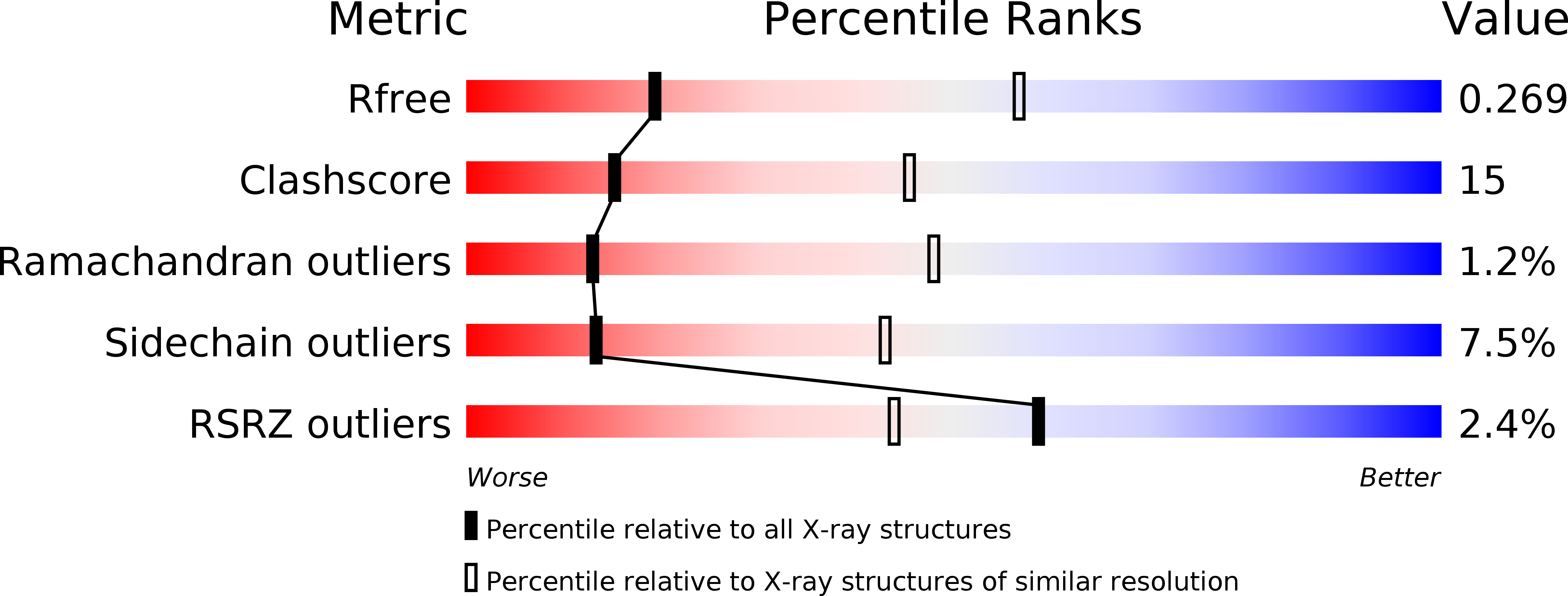
Deposition Date
2006-11-07
Release Date
2007-05-08
Last Version Date
2024-11-06
Entry Detail
PDB ID:
2NTF
Keywords:
Title:
Crystal Structure of a Quorum-Quenching Antibody in Complex with an N-Acyl-L-Homoserine Lactone Analog
Biological Source:
Source Organism:
Mus musculus (Taxon ID: 10090)
Method Details:
Experimental Method:
Resolution:
3.18 Å
R-Value Free:
0.26
R-Value Work:
0.21
R-Value Observed:
0.21
Space Group:
P 43 21 2


